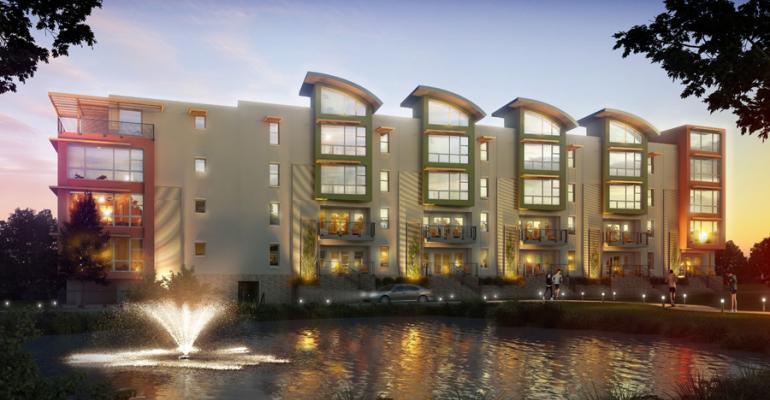For the student housing sector, 2018 should once again prove a strong year, according to industry experts. College attendance is not slowing—even if graduate school applications decrease amid a low national unemployment rate. However, there are still issues to watch out for, particularly in certain markets seeing a lot of new supply. Here is an outlook on the sector for the upcoming year from several sector experts.
- Both investor interest and construction pipeline remain strong. Overall, demand for this property type—from a wide variety of investment sources--remains steady, and the sector will see demand from a wider variety of buyers, says Ryan Burke, senior analyst at real estate research firm Green Street Advisors. “There’s more capital coming into this space,” Burke says. Construction underway for the upcoming school year is seeing more growth by units than by the beds, which could be a signal that developers might be aiming to target more graduate students, says Barbara Byrne Denham, senior economist at research firm Reis Inc. “In general, there seems to be a lot of optimism. This market has considerable room to grow, considering the demand for college is always going up,” Denham adds. According to data firm Axiometrics, a RealPage company, development activity is in line with previous years. Preliminary figures from Axiometrics show 45,850 new off-campus beds coming on-line this year, compared to 44,244 in 2017 and 47,342 in 2016.
- Overall, rents are expected to increase. Rent growth by the unit is expected to rise by 3.4 percent in 2018, compared to 3.3 percent last year, Denham says. Rents, when looking at by-the-bed rates, are likely to jump 3.8 percent. In 2017, there was a 2.4 percent hike, she notes. On the one hand, these estimates from Reis—which may exclude some information from schools or landlords that do not share data—raise the question of affordability. On the other, new housing tends to fill up quicker than existing housing, Denham says. According to Axiometrics, annual effective rent growth is averaging 1.8 percent so far for the 2018-2019 leasing season—in line with the current cycle.
- Average occupancy rates should also continue to rise. For the past few years, leasing velocity has increased year-over-year, and occupancy is over 95 percent on average nationally, says Taylor Gunn, director of student housing at Axiometrics. “We’re seeing performance continue to outpace former years,” she says. Some stronger performing markets may start to shift to raising rents, she notes. For example, Kennesaw State University in Georgia has seen rent growth of 6.7 percent and its leasing velocity dipped from last year. However, the university also had experienced several years of higher-than-average occupancy.
- Still, some markets may struggle with new supply. While there has been a lot of demand over the past few years, supply has increased at the same rate, Gunn says. “Last year, in part, there was an even bigger amount of supply delivered. It had quite a big impact on the market,” Gunn says. High levels of new supply are also expected this year, making it important to watch some of the affected markets, she adds. For example, Texas A&M University and Texas Tech University saw negative rent growth and a decline in occupancy rates because of new supply last year. At Texas A&M, there are 2,400 new off-campus beds expected this year, but no new supply at Texas Tech.
0 comments
Hide comments




